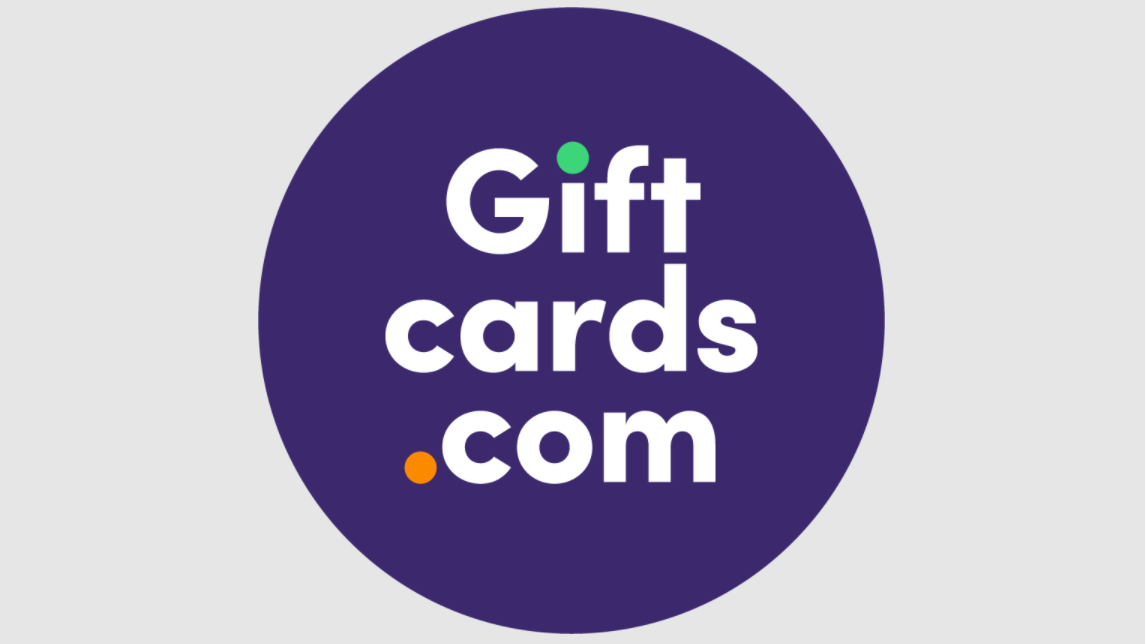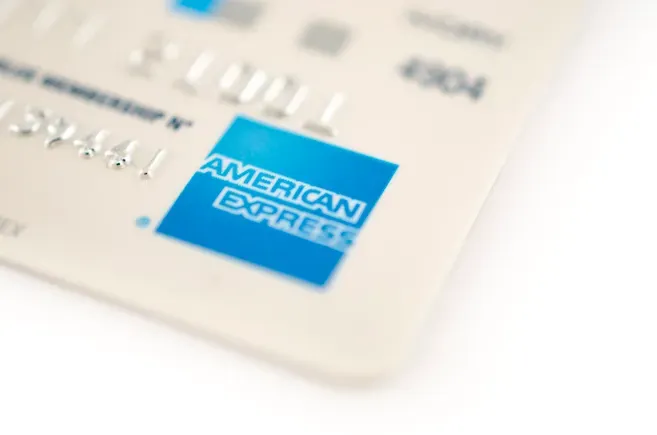Earlier this week, President Biden’s Education Department announced significant reforms to income-driven repayment (IDR) plans. These changes might have a seismic impact on millions of student loan borrowers.
According to the Biden administration, tens of thousands of student loan borrowers will receive automatic student loan forgiveness, possibly by the end of this year (if not sooner). And millions of additional borrowers will benefit by significantly advancing their progress toward loan forgiveness terms.
Here’s what student loan borrowers should know about this historic new relief.
1. IDR plans: How they work and why there have been problems 2.Past periods of repayment will count toward IDR loan forgiveness 3. Certain periods of deferment and forbearance can count toward IDR loan forgiveness 4. Much of the new IDR relief will be automatic 5. Direct Loan consolidation may be required for FFEL borrowers 6.
You don’t need to be in an IDR plan now to benefit 7. Some borrowers may get refunds 8. Other IDR changes may be coming
IDR plans: How they work and why there have been problems
Income-driven repayment (IDR) is an umbrella term covering several specific repayment plans tied to a borrower’s income. It includes:
- Income Based Repayment (IBR).
- Income Contingent Repayment (ICR).
- Pay As You Earn (PAYE).
- Revised Pay As You Earn (REPAYE).
Although each plan is slightly different, they’re all similar at a fundamental level.
Each plan uses a formula based on the borrower’s income and family size, with a certain amount of initial income excluded under a poverty exemption. Payments must be recalculated at least once every 12 months.
Any remaining balance is forgiven after 20 or 25 years of repayment under an IDR plan. However, this could be a taxable event depending on when that loan forgiveness occurs (under current law, most student loan forgiveness is tax-exempt through 2025).
IDR plans are also required for borrowers to progress toward Public Service Loan Forgiveness (PSLF).
IDR programs have been riddled with problems for years. Borrowers have long reported receiving misinformation.
Lawsuits brought by borrowers and state and federal law enforcement agencies have uncovered forbearance-steering practices by loan servicers. This has pushed borrowers into forbearance rather than IDR — costing them both in terms of lost progress and compounding interest accrual.
A comprehensive report released this week by the Government Accountability Office (GAO) confirmed widespread problems with the IDR system. These issues included failure to keep track of borrowers’ progress toward loan forgiveness while on IDR.
“Mismanagement of student loan repayment data has caused loan servicers and the Department of Education to miscount repayments and inaccurately track borrowers’ progress toward forgiveness,” said the House Committee on Education and Labor in a statement on Wednesday in response to the GAO report.
“As a result, at least around 3,000 student loan borrowers who may be eligible for IDR forgiveness have not received forgiveness.” That number could balloon to 600,000 borrowers by 2030.
The Biden administration’s new IDR overhaul is designed to fix at least some of these problems.
Download the Best Student Loan CalculatorPast periods of repayment will count toward IDR loan forgiveness
According to the Department of Education, FSA officials “will conduct a one-time account adjustment to borrower accounts that will count time toward IDR forgiveness, including any months in which you had time in a repayment status, regardless of the payments made, loan type, or repayment plan.”
That will substantially impact borrowers and push many borrowers closer to loan forgiveness. In fact, according to the Department, “Any borrower with loans that have accumulated time in repayment of at least 20 or 25 years will see [student loan] forgiveness.” That is, quite simply, a very big deal.
Certain periods of deferment and forbearance can count toward IDR loan forgiveness
A major part of the Biden administration’s efforts to “fix” the IDR problems is to address past periods of forbearance when borrowers could have been in IDR making progress toward student loan forgiveness.
According to the Department of Education, FSA officials will make a one-time adjustment that will allow “12 or more months of consecutive forbearance or 36 or more months of cumulative forbearance” to count toward student loan forgiveness under both IDR and the PSLF programs.
Periods of deferment (except for in-school deferment) prior to 2013 can also be counted.
Shorter forbearance periods may count as well, but borrowers would have to request consideration on an individual basis by contacting the Department’s FSA Ombudsman group.
Much of the new IDR relief will be automatic
The Department of Education has indicated that many IDR reforms will be implemented automatically. FSA officials will review federal student aid data available through StudentAid.gov and adjust a borrower’s IDR, and PSLF payment counts automatically, without requiring that borrowers affirmatively apply. This is similar to how the administration is handling the Limited PSLF Waiver program.
However, borrowers on track for PSLF should be sure to certify their employment for any past periods of repayment or forbearance that could be counted.
Direct Loan consolidation may be required for FFEL borrowers
According to the Department of Education, both Direct and FFEL Loans qualify for the IDR relief. But for FFEL borrowers to benefit, they must consolidate their FFEL Loans via the federal Direct Consolidation Loan Program.
“If you have commercially held FFEL loans, you can only benefit from the IDR account adjustment if you consolidate before we complete implementation of these changes, which is estimated to be no sooner than Jan. 1, 2023,” says the Department in guidance released this week.
Normally, consolidation erases any prior IDR progress for the underlying loans and starts the borrower’s repayment term over at the beginning.
But the Department is indicating that this won’t be the case for the IDR adjustments, as FSA officials will count “any time in repayment prior to consolidation on consolidated loans.”
You don’t need to be in an IDR plan now to benefit
Interestingly, the Department suggests that borrowers don’t need to presently be on an IDR plan to benefit from the new relief. Under the original IDR rules, borrowers could only progress toward the 20- or 25-year repayment term for loan forgiveness while on an IDR plan.
But according to the Department of Education, “Any borrower with loans that have accumulated time in repayment of at least 20 or 25 years will see automatic forgiveness, even if you are not currently on an IDR plan.” It is unclear at this time whether borrowers not currently in an IDR plan will still need to switch to one to obtain the benefit.
Some borrowers may get refunds
Some borrowers who get their student loans forgiven under the new IDR changes may even get a refund of past payments. “If you have made qualifying payments that exceed forgiveness thresholds (20 or 25 years), you will receive a refund for your overpayment,” says the Department.
Other IDR changes may be coming
The Biden administration also indicates that other IDR program changes may be coming.
The Department will be creating a payment tracking system for IDR plans, akin to the PSLF Tracker so that borrowers can track their progress toward loan forgiveness. FSA “is undertaking an effort to display borrower IDR payment counts on StudentAid.gov so that you can view your progress yourself,” said the Department. That should be released sometime next year.
And the Department continues to work on establishing a new IDR plan.
Specific details haven’t yet been released, but advocates have been pushing for plan improvements. Some of these include a larger poverty exemption, a more affordable payment formula, and widespread availability for all borrowers, including graduate school borrowers and Parent PLUS borrowers, who are currently excluded from the most favorable IDR plans.
The Department also suggests that the new plan may “allow more loan statuses to count toward IDR forgiveness, including certain types of deferments and forbearances.”
Get a Student Loan Plan Refinance student loans, get a bonus in 2022 1 Disclosures $1,050 BONUS1 For 100k+. $300 bonus for 50k to 99k.1 VISIT LAUREL ROAD Variable 1.64-5.65%1 Fixed 2.25-5.75%1 2 Disclosures $1,000 BONUS2 For 100k+. $300 bonus for 50k to 99k.2 VISIT SPLASH Variable 1.74-6.52%2 Fixed 1.99-6.25%2 3 Disclosures $1,000 BONUS3 For $100k or more. $200 for $50k to $99,9993 VISIT SOFI Variable 1.74-7.99%3 Fixed 2.74-7.99%3 4 Disclosures $1,000 BONUS4 For 100k or more. $200 for 50k to $99,9994 VISIT EARNEST Variable 1.74-7.99%4 Fixed 2.44-7.99%4 5 Disclosures $1,050 BONUS5 For 100k+. $300 bonus for 50k to 99k.5 VISIT COMMONBOND Variable 4.44-8.09% APR5 Fixed 4.49-7.74% APR5 6 Disclosures $1,275 BONUS6 For 150k+. Tiered 300 to 575 bonus for 50k to 149k.6 VISIT ELFI Variable 1.86-6.01%6 Fixed 2.43-5.99%6 7 Disclosures $1,250 BONUS7 For $100k or more. $100 to $350 for $5k to $99,9997 VISIT LENDKEY Variable 1.90-5.25%7 Fixed 2.49-7.75%7 8 Disclosures $1,250 BONUS8 $350 for 50k to 100k8 VISIT CREDIBLE Variable 1.83-8.02%8 Fixed 2.15-8.73%8 Not sure what to do with your student loans?Take our 11 question quiz to get a personalized recommendation of whether you should pursue PSLF, IDR forgiveness, or refinancing (including the one lender we think could give you the best rate).
Take Our QuizOriginal Article






